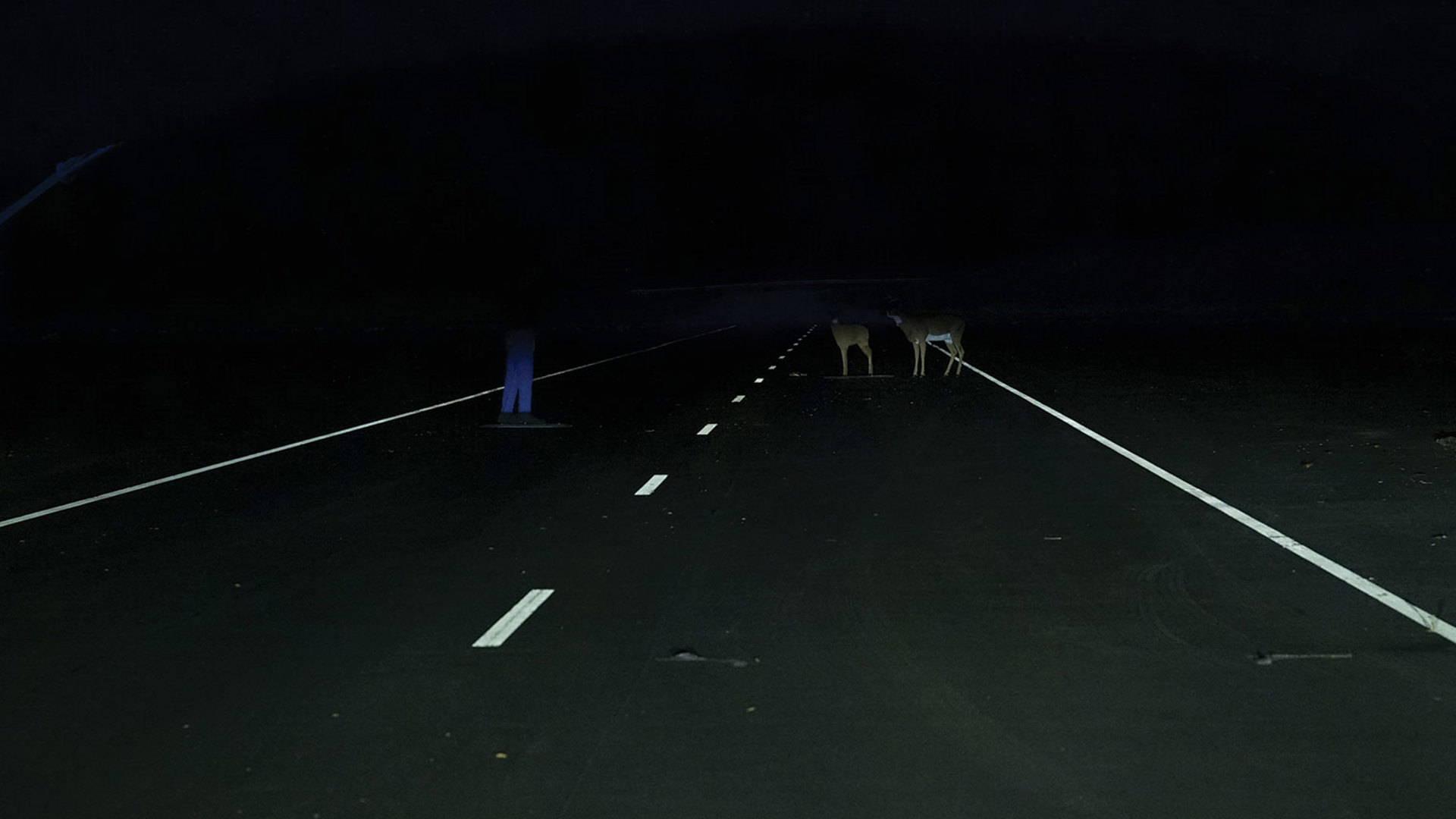The Insurance Institute for Highway Safety (IIHS) first launched its headlight rating system in 2016. Five years later, the safety advocacy group has tested around 1,000 different headlights and has data to show that lights that earn top scores have nighttime crash rates nearly 20 per cent lower than those ranking at the bottom.
According to the IIHS, before its rating program began, there was no way for researchers or drivers to compare different headlights because they were all were considered equal under antiquated federal safety standards. The new ratings where headlights can be considered good, acceptable, marginal, and poor, allowed IIHS researchers to examine crash reporting data and compare that with vehicle headlight rankings.
IIHS Senior Research Engineer Matthew Brumbelow identified 187 models of vehicles where the headlight system (and its ranking) could be found using the VIN, and then using detailed police records found 44,000 single-vehicle crashes that happened in the dark.
After adjusting for distance travelled, driver-related risk factors, and road conditions, good-rated headlights reduced the single-vehicle nighttime crash rate by 19 per cent versus those rated poor. Acceptable headlights had a reduction of 15 per cent, and marginal headlights 10 per cent.
The study also found that crashes where the driver was injured were reduced by 29 per cent with good-rated lights, while tow-away crashes and pedestrian crashes were reduced by "about a quarter each."
“Driving at night is three times as risky as driving during the day," said Brumbelow. “These real-world results show that better scores in our headlight tests translate into safer nighttime driving on the road, which is of course what really matters."
The IIHS says that since the program started, the number of vehicles earning a good rating, which includes distance illuminated, glare to oncoming vehicles, and other measures, has risen from 4 per cent to 29 per cent. The insurance company-funded group also said that between 2019 and 2021, automakers have cut the number of headlights offered on a vehicle range, giving all trim levels the single good-rated lamps as standard rather than bundling them with more expensive options.

